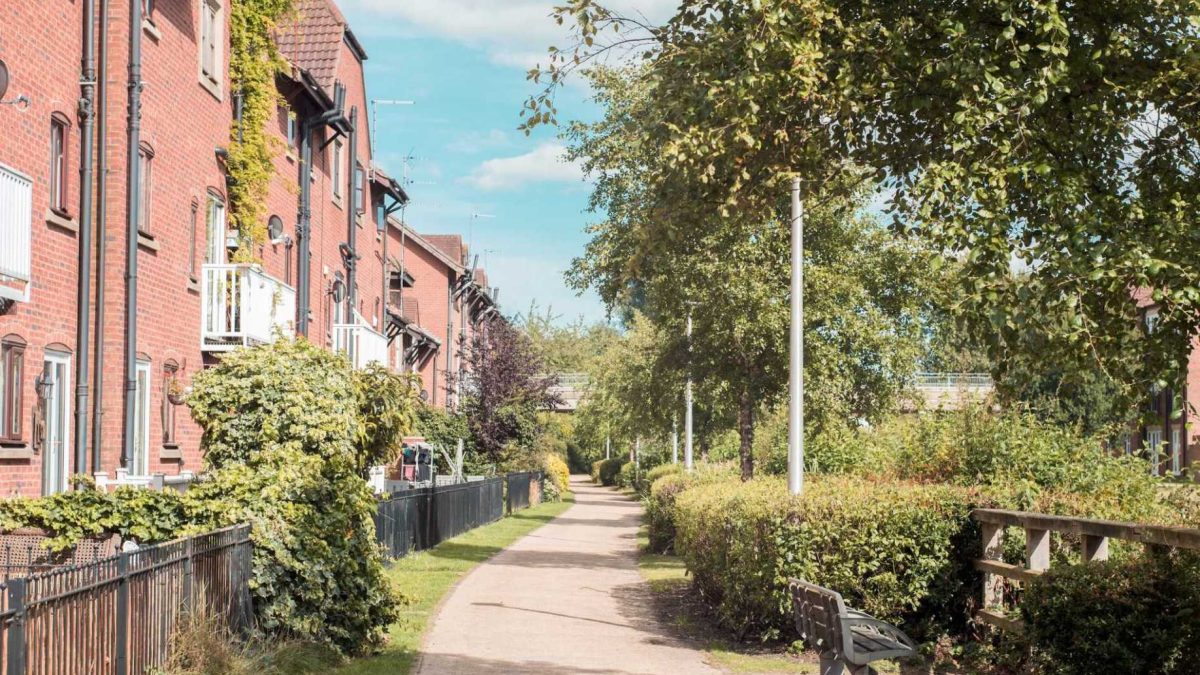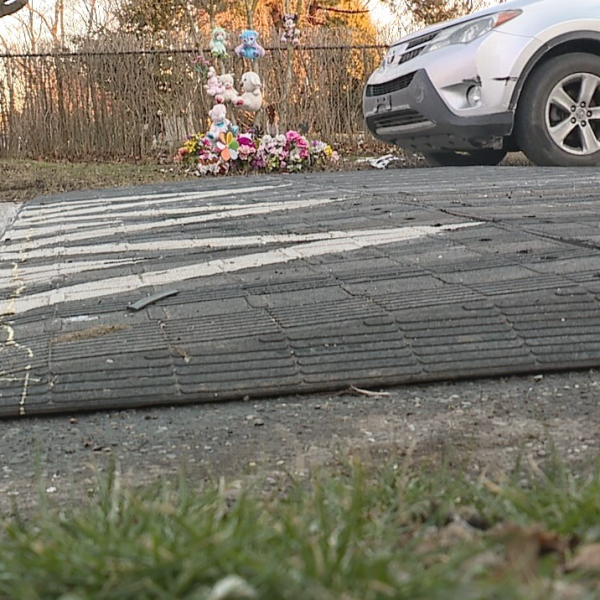
Rumble Strips: An Effective Way to Calm Traffic
Rumble strips, also known as “rumble lanes,” are a traffic calming measure that has been proven effective in reducing vehicle speed and improving road safety. These raised or grooved patterns on the surface of the road produce a rumbling sound and vibration when vehicles drive over them, alerting drivers to potential hazards or prompting them to slow down.
The primary purpose of rumble strips is to prevent accidents caused by speeding or driver inattention. By creating an audible and tactile warning, they serve as a reminder for drivers to stay alert and take necessary precautions. Rumble strips are often placed in strategic locations, such as approaching intersections, sharp curves, or areas with a high incidence of accidents.
One of the key advantages of rumble strips is their simplicity and cost-effectiveness. Compared to other traffic calming measures like speed bumps or traffic circles, rumble strips require minimal installation and maintenance. They can be easily retrofitted onto existing roads by milling grooves or installing premade strips. This makes rumble strips a viable option for improving road safety on a wide scale.
Moreover, rumble strips have been shown to have a lasting impact on driver behavior. Studies have demonstrated that the presence of rumble strips results in reduced vehicle speeds and increased compliance with speed limits. These changes in driver behavior contribute to a safer road environment and a decreased likelihood of accidents.
In addition to their effectiveness in reducing speed, rumble strips have other noteworthy benefits. They are particularly valuable for alerting drivers to specific road conditions, such as lane departures or potential obstructions. For example, centerline rumble strips are commonly used to prevent head-on collisions by warning drivers if they drift into oncoming traffic.
Rumble strips also play a crucial role in enhancing road safety for vulnerable road users, such as cyclists and pedestrians. Shoulder rumble strips act as a deterrent for vehicles encroaching on bike lanes or pedestrian pathways, providing an additional layer of protection for these users.
Furthermore, rumble strips have been found to have positive effects on traffic flow. Contrary to popular belief, studies have shown that the presence of rumble strips does not necessarily result in substantial traffic congestion or delays. In fact, rumble strips can help improve traffic flow by reducing speed differentials between vehicles and promoting smoother lane changes and merging maneuvers.
However, it is important to note that proper design and placement of rumble strips are critical to their effectiveness and avoiding unintended consequences. The spacing, width, and depth of the rumble strip grooves must be carefully calibrated to achieve the desired results without causing discomfort or excessive noise for nearby residents.
Additionally, attention should be given to the visibility and signage associated with rumble strips to ensure that drivers are adequately informed and prepared for their presence. Clear and consistent signage can help educate drivers about the purpose and significance of rumble strips, encouraging them to adopt safer driving behaviors.
In conclusion, rumble strips are a highly effective and cost-efficient measure for calming traffic and improving road safety. These pavement features provide valuable warnings to drivers, reduce speed, prevent accidents, and enhance the overall flow of traffic. When implemented correctly and accompanied by appropriate signage, rumble strips can significantly contribute to creating safer roadways for all users.
















